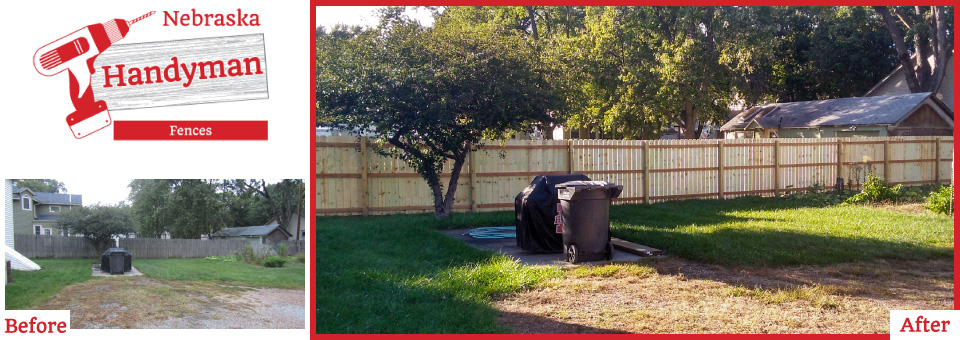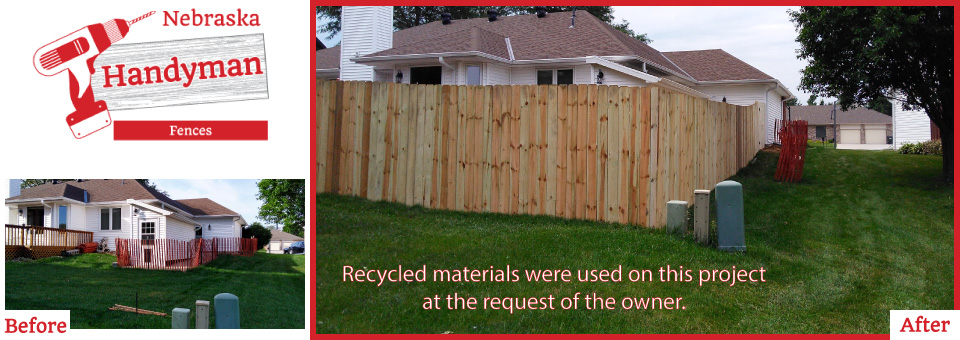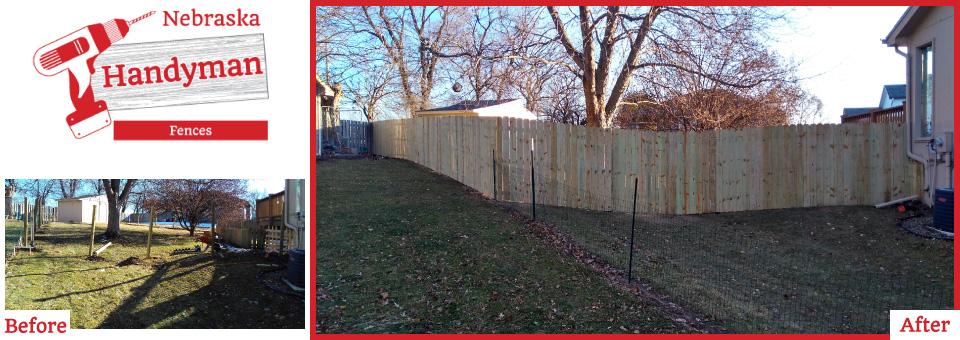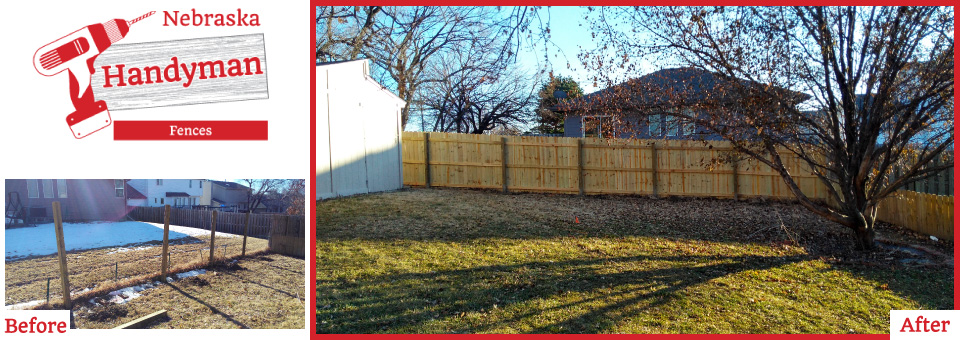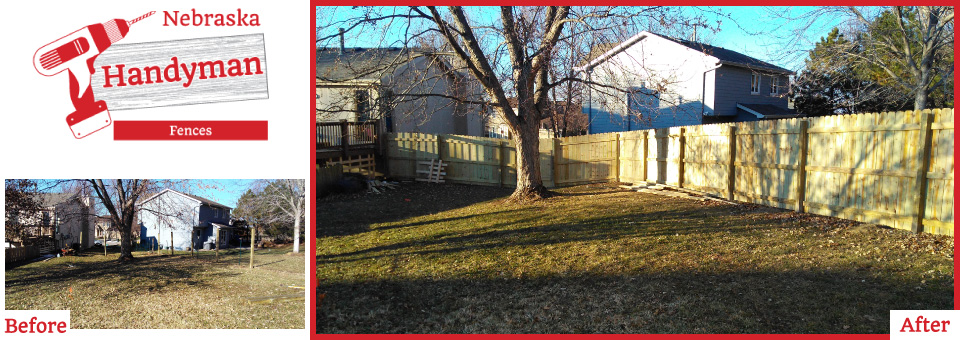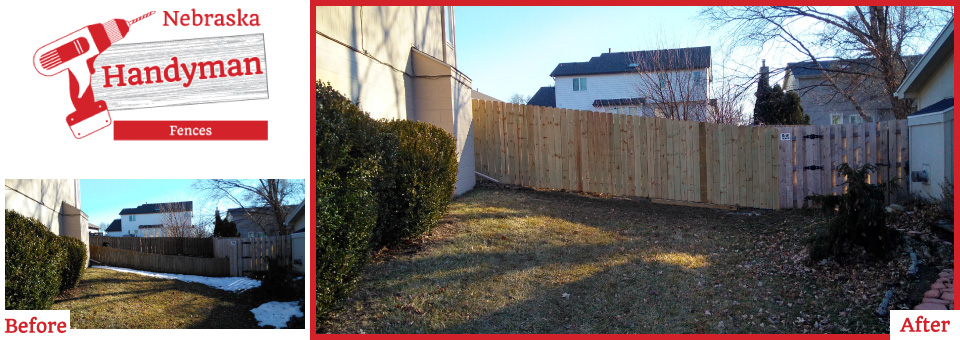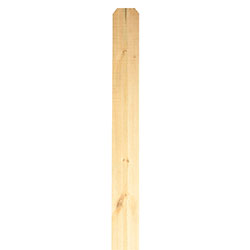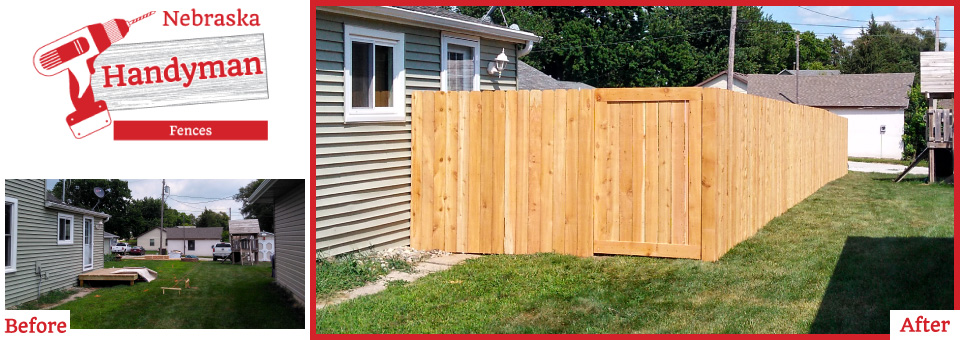
Fences
Treated Pine Fences
Affordable Privacy
Pressure treated pine fencing is the most affordable privacy fencing option. The upside to using pressure treated wood fencing is that it is readily available and cheap. The downside of pressure treated lumber is that it has a tendency to crack, split and warp. Routine maintenance is necessary to prolong the life and look of the fence. This will include power washing and an application of stain or wood preservative every two or three years.
Benefits
- Affordable
- Easy to Install
- Readily Available
- Long Lasting
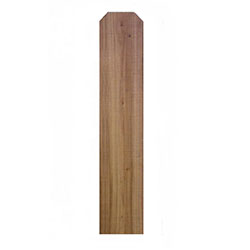
Cedar Fences
Long Lasting & Resistant
Cedar fencing is a great choice for a fencing material because of its combination of unique properties. It is dimensionally stable meaning that it stays flat and stays straight. Cedar's even grain and consistent density make it less likely to warp, cup, or twist. Cedar fencing naturally resist rot and insect infestation in outdoor environments without the need for preservative chemicals. When exposed to weather it will change in color to silver gray. Cedar’s softness makes it easy to work with and readily accepts protective stains although its sawdust can be irritating to the skin and lungs. Its thermal properties allow it to stay cool to the touch in summer heat. Cedar is slightly more expensive than treated pine, but the benefits of cedar far outweigh the costs. It should be more available and less expensive than redwood and composite fencing. We recommend that Cedar should be protected by the use of a stain. Cedar has a flexural toughness that can flex more without shattering and is also less dense and has less natural oil that make it easier to accept stain. Cedar forests are also more abundant and present somewhat less of an environmental issue for commercial logging if managed responsibly.
Nebraska Handyman Recommends Cedar
Benefits
- Beautiful
- Resistant to Rot and Insects
- Readily Available
- Long Lasting

